Walla Walla Sweet – Onion Seed
$4.55 Original price was: $4.55.$3.20Current price is: $3.20.
1994 in stock
The famous, mild yellow variety from Walla Walla, WA.
Juicy, sweet, regional favorite. In the Northwest, which has normal low winter temperatures above -10°F/-23°C, seed is sown in late August, and a crop of very large, flattened, ultra-mild onions is harvested early the next summer. SPRING PLANTING: Walla Walla may be spring planted using seeds or plants in colder regions where winter survival is hit or miss. It is not as big or sweet as the wintered-over crop, but still milder and juicier than others from spring planting. Nice as a "green top" onion. Not for storage. Adaptation: 35-55° latitude. Also offered as plants. Avg. 104,500 seeds/lb. Packet: 250 seeds.
SCIENTIFIC NAME: Allium cepa
CULTURE: Onions require full sun and fertile, well-drained soil with a pH of 6.0–7.0. Sandy loam soils are ideal; in heavier soils, use raised beds or raised rows to promote soil drainage.
DIRECT SEEDING: In April or early May, or as soon as the soil can be prepared in early spring, sow in a 2" wide band, about 2 seeds/in., 1/4– 1/2" deep, rows 12–18" apart. Thin to 1 1/2–2" apart for highest yields in fertile soil. Thin to 3-4" apart for larger onions.
TRANSPLANTING: In short-season areas, sow seeds indoors in flats in late February to mid-March. Broadcast 1/2" apart and cover 1/4". Tops may be clipped to 5" tall. Transplant to the garden 4" apart, or sow 5 seeds in each cell of 1–1 1/2" diameter plug trays, thinning to 3 per cell. Transplant each cell 6" apart.
CULTIVATION: Keep onions well weeded with shallow cultivation.
WATER: Onions are shallow rooted and grow best with at least 1" per week of rain or irrigation, especially during the bulbing phase.
DISEASES: Adequate air circulation and crop rotation aids in reducing the risk of foliar disease.
HARVEST: When necks become soft and tops are falling over, pull and sun-cure at least 2–7 days, depending on weather. Move to a protected location to finish drying.
STORAGE: When dry, clip off tops and roots and store in onion bags or shallow boxes at near freezing and 65–70% humidity.
DAY LENGTH: Onion bulbing is triggered by day length, and maximum day length during the growing season increases from south to north. Short-day onions are grown at lower latitudes in the south, while intermediate and long-day onions are grown at higher latitudes. Refer to "Adaptation" in each variety description for details.
DAYS TO MATURITY: From direct seeding; subtract 10–15 days for days to maturity from transplant.
AVG. DIRECT SEEDING RATE: 1 oz./25′, 1M/50′, 5M/250′, 25M/1,250′, 580M/acre @ 20 seeds/ft., in rows 18" apart.
TRANSPLANTS: Avg. 1 oz./4,900 plants, 1 lb./78,750.
SIZED SEEDS: Standard on all varieties.
SEED SPECS: SEEDS/LB.: 96,900–127,700 (avg. 112,000).
PACKET: 250 seeds, sows 12′ or makes 140 plants.
| Weight | 1 kg |
|---|---|
| Dimensions | 1 × 1 × 1 cm |
Be the first to review “Walla Walla Sweet – Onion Seed” Cancel reply
Shipping is an additional 15-29 business days depending on location. Shipping time will be provided at checkout.
Returns
If seeds fail to leave China, we will refund your payment 100%. But if seeds fail to reach you due to customs problem on your side which we were not informed in advance, we will not be able to bear any loss, and no refund will be made.
We sell only viable plants seeds online, and test germination of our seeds from time to time. So we will not be able to refund for seeds that clients fail to germinate, unless we are convinced that it's truly problem of our seeds.
———
Please send us an email: seedspay@gmail.com and be as detailed as possible while filling in the information.
After submission, We will reply to you within 24 hours. Please be patient.
———
CHARGEBACKS & DISPUTES
Please contact us by email before opening a merchant chargeback or payment dispute, as we can generally resolve the issue before that takes place. Any chargebacks and disputes disable our ability to issue refunds or credits due to funds being frozen.
———
REFUND, EXCHANGE AND RETURN
Customers have the right to request a refund/ return/ exchange within 14 days from the delivery date. Our Customer Service team will offer the best solutions for specific situations.
Related products
Onions
Onions
Onions


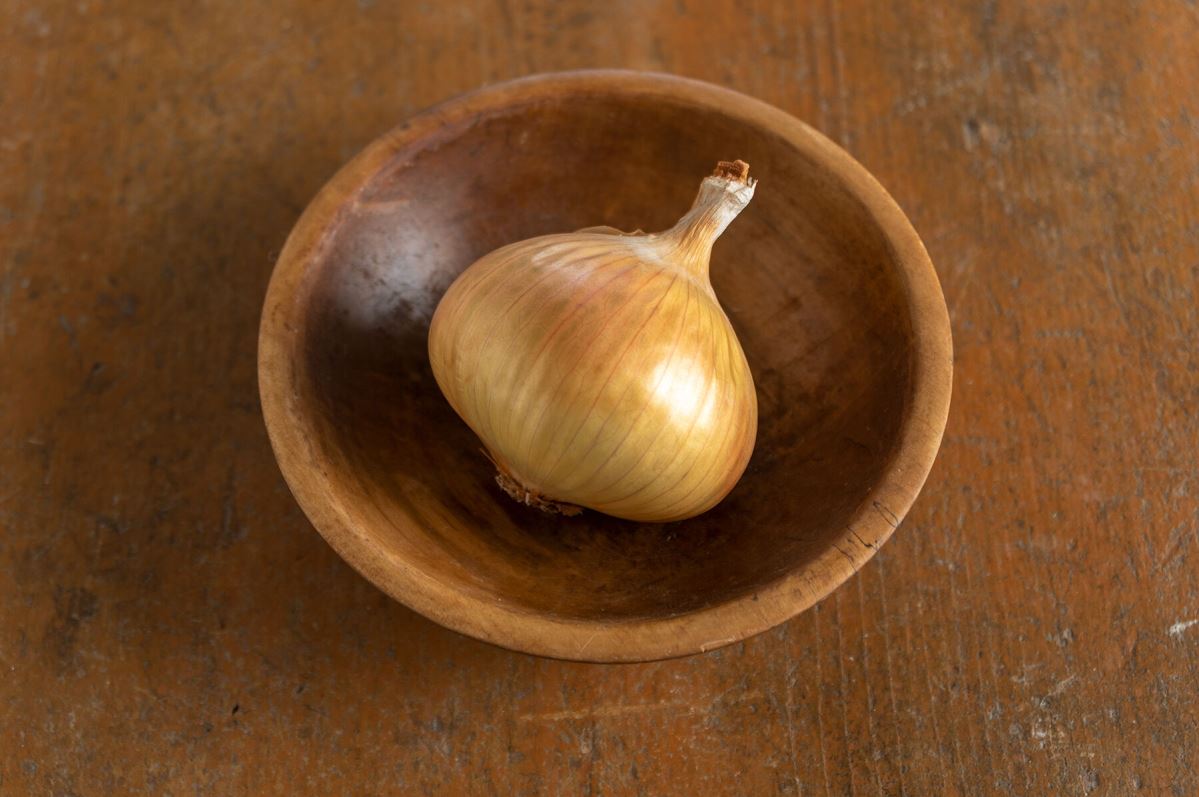
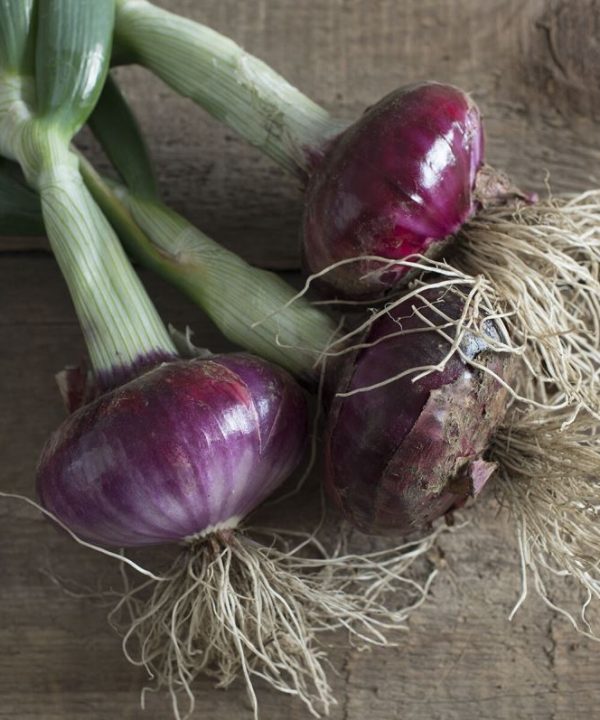
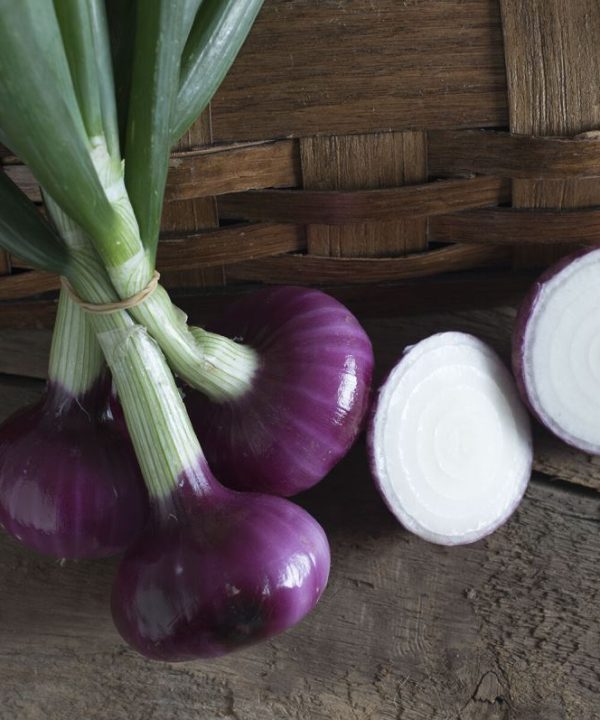
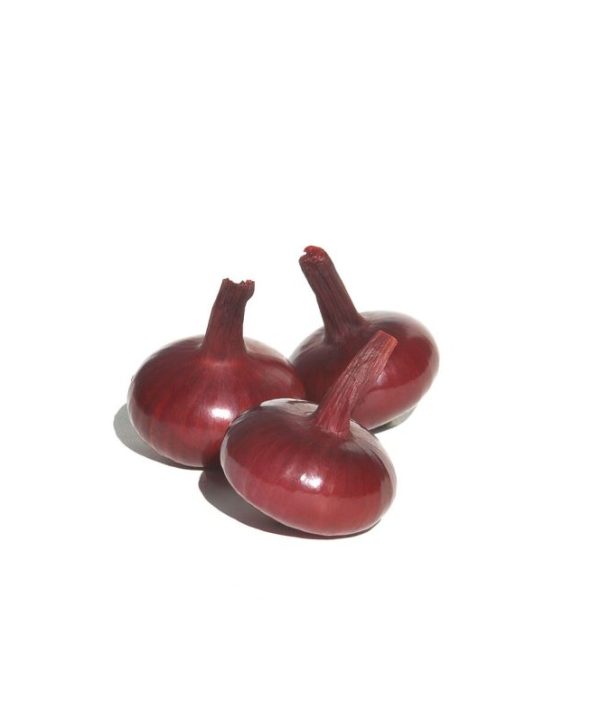


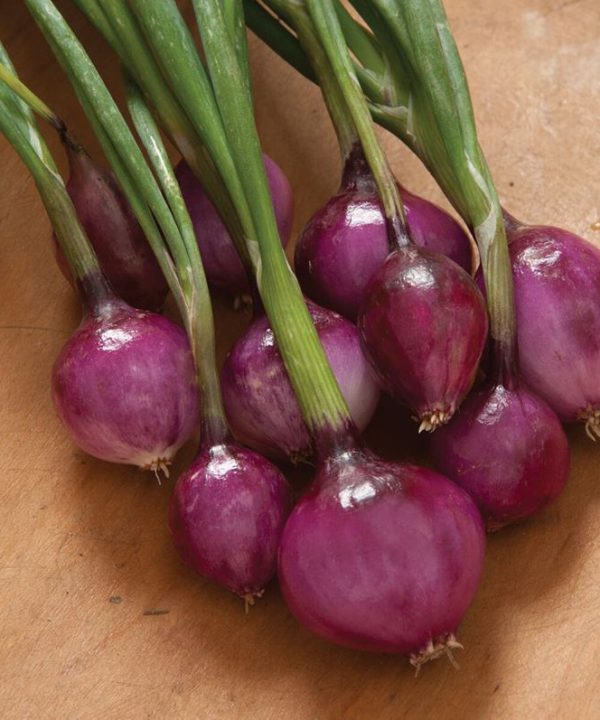
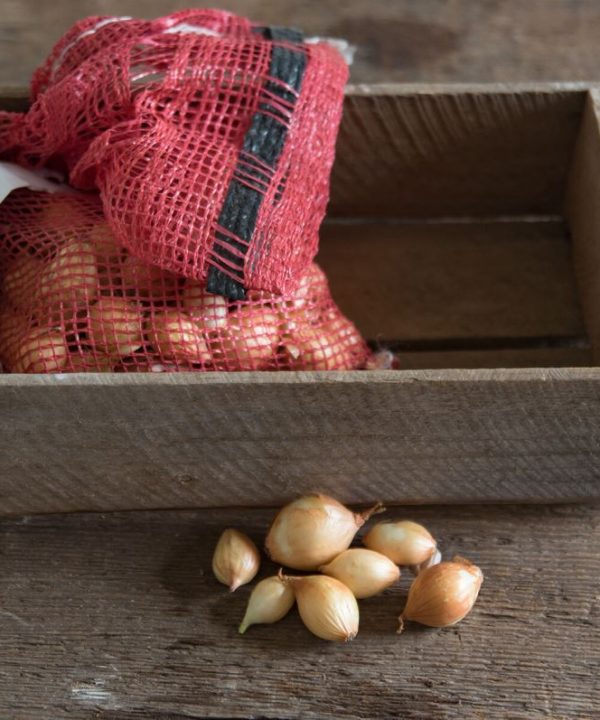
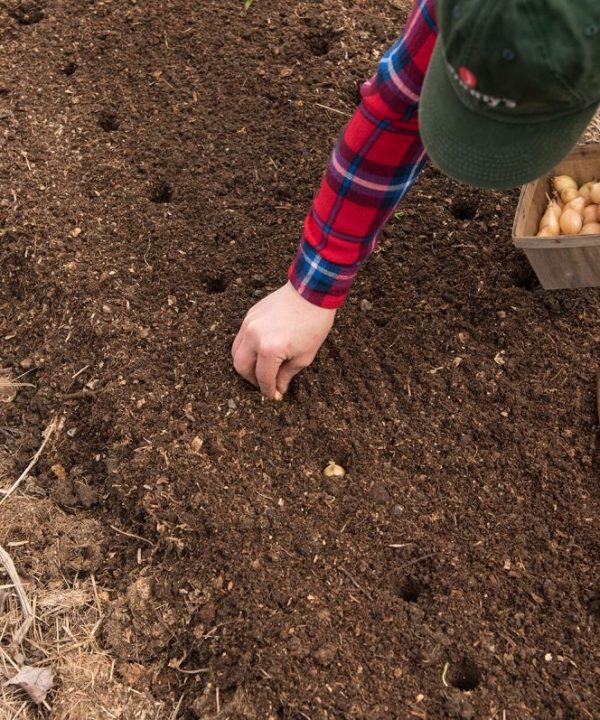
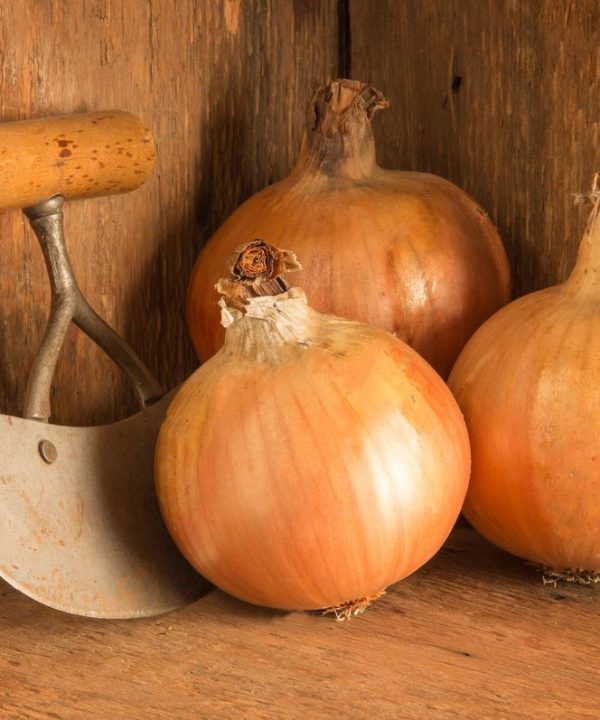
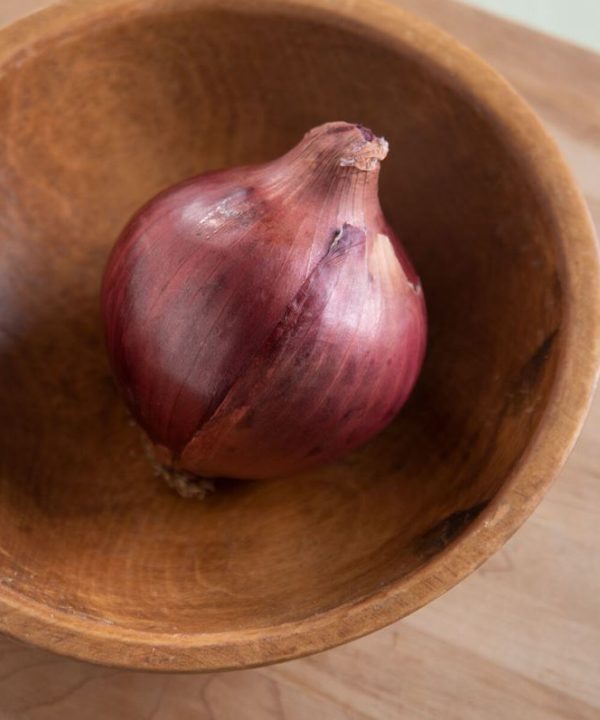
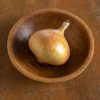
Reviews
There are no reviews yet.